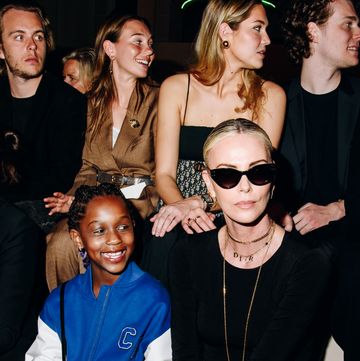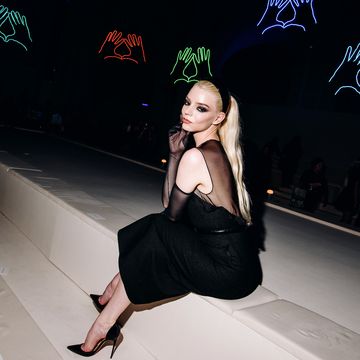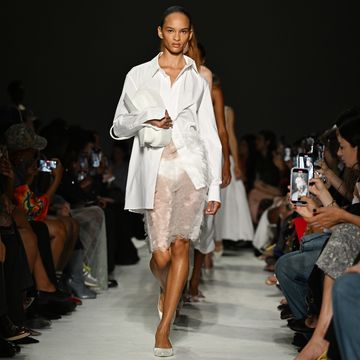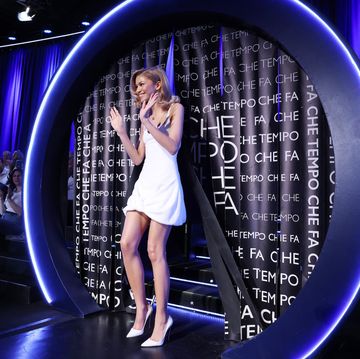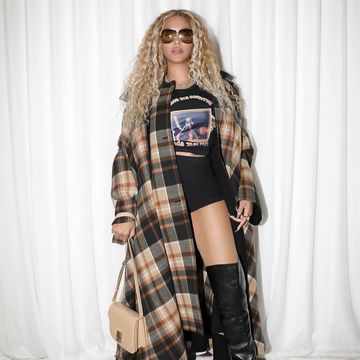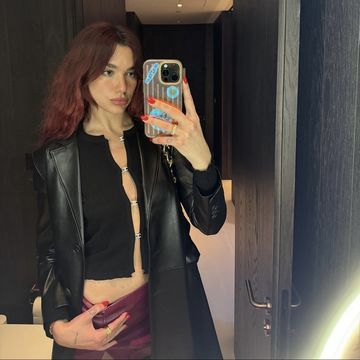Rei Kawakubo stood backstage. A tiny thing, she wore a red leather jacket, a long black skirt and a leather tiara studded with silver thorns.
Do you have any words? we asked. The Japanese designer traditionally has a word or a phrase that she feels sums up her collection. She looked at her husband Adrian Joffe. Not for the answer (she, of course knows all the answers), but because she prefers him to speak on her behalf: The infinity of tailoring, he said.
And the colour? You can even do that with tailoring, came Joffes translation.
In a warehouse in Le Marais, Paris lively, arty arrondissement, in a warehouse with exposed pipes and three rows of intimate seating, the select few gathered to pay the ritual six-monthly homage to Comme des Garcons, Kawakubos self-built brand.
To die-hard fashion fans, Kawakubo is considered the mistress of the universe; there isnt a designer out there who doesnt respect her, let alone one that hasnt been influenced by her in some shape or form. What she proposes rarely looks like clothes in the traditional sense a jacket may have three sleeves, a trouser four legs, a coat sleeves and legs. But through her investigations and experimentations, she regularly grasps the mood, the single most important thing that is happening now, or about to happen and, in no uncertain terms, attacks it.
This season, as she said, it was tailoring that came under scrutiny. (Scan the season so far and tailoring has been at the root of every notable collection). But this wasnt just any old tailoring, this was, as she aptly described it: The Infinity of Tailoring. Tailoring taken to its extreme limit or perhaps she was saying there is no limit? So through houndstooth, bold stripes, pin stripes and plain black, in utility nylon and luxury velvet, (monochrome trend - tick), she explored other autumn / winter 2013 favourites - volume and silhouette. There were giant shoulders that exploded with whorls of fabric, trouser legs and backs of jackets displaying giant roses, waistbands that jutted out front and back, big bows that cascaded down the front of coats or the backs of skirts, entire three-piece-suits made of fluttering square leaves of the finest Savile Row wool worsted, jumpsuits whose sleeves were inflated with large fabric crocuses
Then came the colour. The most joyful eye-smacking, witty digi-prints in dense florals, diamonds, stripes, squares, whirls in tailoring that was as abstracted and deconstructed as before. All these were worn with simple ankle socks and plimsolls. And not never by the worlds most feted names in modelling who swish and pose, but regular girls who just happen to be a bit tall and lean, with sweet faces another atypical fashion statement to jolt the senses. There was nothing whatsoever commercial, in the traditional sense, about this collection. But Rei Kawakubos job is bigger than that.
As ever, she invigorated her audience. And fashion.


